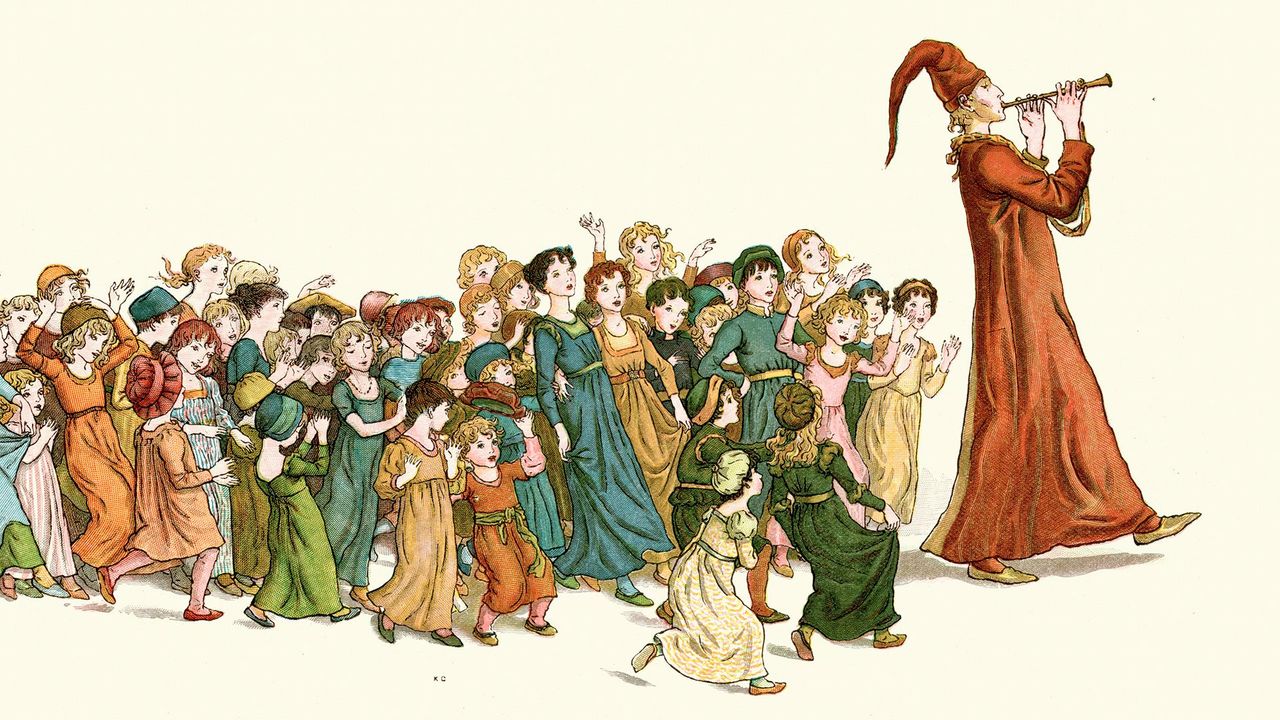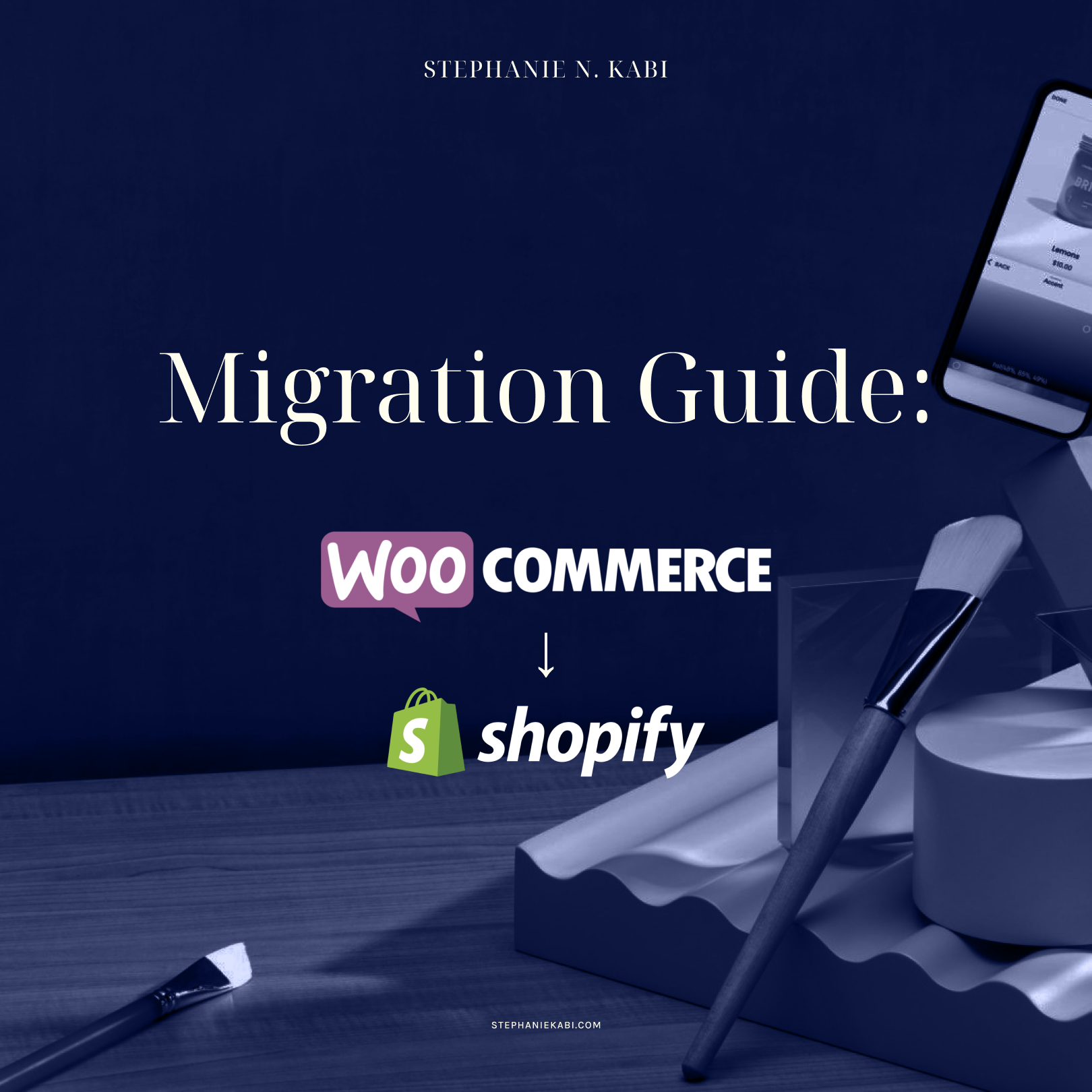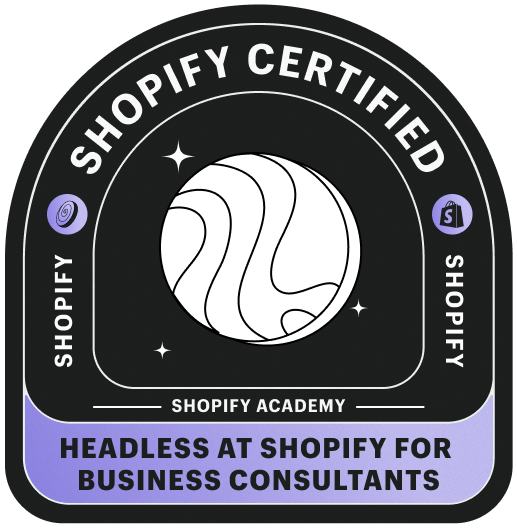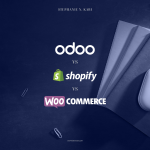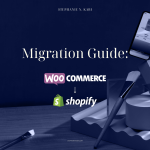I’ve always believed that behind every great product is a compelling story. As I ventured into the world of e-commerce, I quickly realized that storytelling is an essential ingredient for success. In a marketplace saturated with options, it’s the narratives that captivate consumers and foster emotional connections. I remember scrolling through a brand’s website, and the moment I read their story about how they started in a garage with a dream, I was hooked. I felt a connection to their journey, and that made me want to support them.
Effective storytelling in e-commerce involves more than just presenting products; it’s about creating a narrative that highlights the brand’s values, mission, and the benefits of its offerings. For example, brands like TOMS and Warby Parker have successfully integrated storytelling into their marketing by emphasizing their social impact initiatives. When I learned that every purchase helps provide shoes to children in need, I felt empowered to make a purchase. It wasn’t just about the shoes; it was about being part of something bigger.
Moreover, the rise of social media has provided brands with new platforms to share their stories. Utilizing visually rich content, such as videos and images, can enhance the storytelling experience and make it more engaging for users. E-commerce sites can also leverage user-generated content, showcasing customer testimonials and experiences to further amplify their narratives.
The power of storytelling in e-commerce cannot be underestimated. By designing narratives that resonate with consumers, brands can create meaningful connections that drive loyalty and increase sales. So, if you’re in the e-commerce space, remember to share your story—it might just be the key to winning over your audience.
